Equipment
Should you be using a blade or mallet putter?
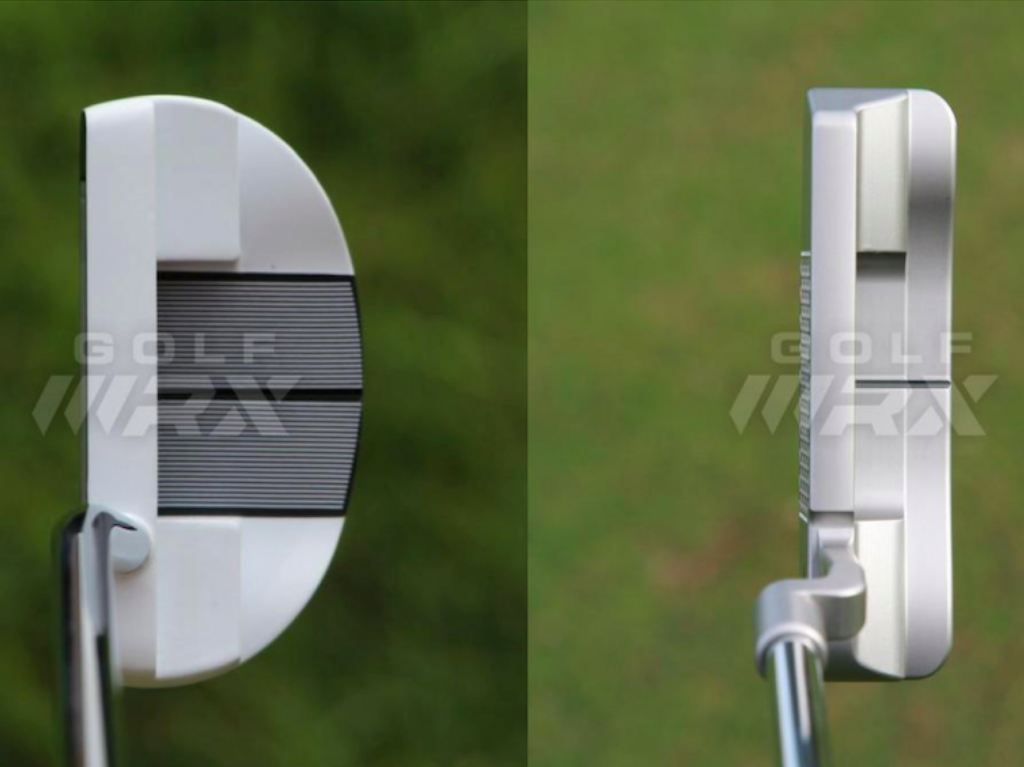
‘Should I use a blade or mallet putter?’ It’s a frequent question, and here we will provide you with our essential guide to help you decide.
Blade vs Mallet: Which style suits you?
As far as golf equipment goes, your putter may be the most critical item in your bag. That’s why it’s crucial to know the key features of both blade and mallet putters and what they are designed to provide so that you can closely identify which style of putter your stroke and game require to help you lower your scores.
Blade Putter

The traditional blade putter features a sweet spot positioned closer to the heel and designed to offer maximum feel to golfers on the greens
A blade putter contains a traditional head shape and is a favorite amongst golf ‘purists’. Blade putters are heavily toe-weighted with a sweet spot positioned closer toward the heel. This sweet spot position is because the shaft connects to the club head of the blade at the heel or sometimes center of the blade. This heavy toe-weighting and heel sweet spot means that blade putters will typically suit players who have an arc in their putting stroke.
Mallet Putter

A mallet style putter gives players stability and balance in their stroke.
The more modern style mallet putter is a flat-stick with a larger head. The heads come in various shapes and sizes, and because of the size, a lot of the weight is often distributed away from the clubface so that players find plenty of stability and balance in their stroke.
The ‘game improvement’ style of the mallet putter means that the larger sweet spot will help players who struggle to strike the ball directly in the center of the face, and the added weight in the clubhead is designed to prevent the putter twisting during the stroke.
Mallet putters also offer additional aid when it comes to alignment, offering more prominent features than a blade such as longer or added lines and can also benefit golfers who struggle to hit putts hard enough due to its heavier weight.
Do pros prefer blade or mallet style putters?
With the 2020 season in the books, we can take a look at who were the top-10 performers in the Strokes Gained: Putting department for 2020 and see what style of putter they used:
- Denny McCarthy: Scotty Cameron Tour-Only Fastback – Mallet
- Matthew Fitzpatrick: Yes C-Groove Tracy II – Blade
- Andrew Putnam: Odyssey White Hot RX No. 5 – Mallet
- Kristoffer Ventura: Scotty Cameron Newport – Blade
- Kevin Na: Odyssey Toulon Madison – Blade
- Matt Kuchar: Bettinardi Kuchar Model 1 – Blade (Wide)
- Ian Poulter: Odyssey Stroke Lab Seven – Mallet
- Mackenzie Hughes: Ping Scottsdale TR Piper C – Mallet
- Maverick McNealy: Odyssey Toulon – Blade
- Bryson DeChambeau: SIK Tour prototype – Blade
Blade style 60% vs Mallet style 40%
Should I use a blade or mallet putter?
Typically, this choice comes down to feel and stroke. Your stroke, just like the stroke of a professional, is unique, and your stroke will determine which style of putter will help you perform best on the greens. Like any other club in your bag, fitting and testing is a key element that shouldn’t be overlooked.
That being said, there are two prominent strokes and identifying which category you fall into can help identify where you fall in the Blade vs Mallet putter debate..
Square-to-square stroke vs Arced stroke
Square-to-square stroke
A square-to square stroke is when the putter face is lined up square to the target, and the stroke is straight back and through. If you possess a natural square-to-square stroke, you may be more suited to a mallet putter. The reason for this is that a mallet putter is face-balanced with the center of gravity positioned toward the back of the club meaning the club is designed to stay square to the putter path all the way through the stroke.
Arced stroke
An arced stroke is when the putter face will open and close relative to the target, and the stroke travels on a slight curve. Should you possess an arced stroke, then a blade putter may be more suited for you because of the natural toe-weighting of the blade-style putter.
Other factors to consider
Feel players will also usually opt for a blade-style putter, due to the desire to feel the way the ball reacts off the putter face which allows them to have more control over their putting and to gain confidence.
Don’t put aside the issue of aesthetics when considering the issue too. The look of a putter can inspire confidence, and each individual will feel different when placing either a blade or mallet-style putter behind the ball at address, so choosing a style which makes you feel comfortable is an important aspect to consider.
Hopefully, you’ve now got more knowledge as to how you can find the right putter shape for you and your stroke. At the end of the day, the right putter for you, whether it’s a blade or mallet, will be the one which helps and inspires you to make more putts.
Equipment
BK’s Breakdowns: Cameron Young’s winning WITB, 2025 Wyndham Championship

Cameron Young’s WITB from his win at the 2025 Wyndham Championship. Cameron is a Titleist staff player but his bag is definitely filled with some unique clubs. Here are the clubs he used to secure his first PGA Tour win!
Driver: Titleist GT2 (9 degrees, A1 SureFit setting)
Shaft: Mitsubishi Tensei 1K Pro Orange 70 TX
3-wood: Titleist GT3 (15 degrees)
Shaft: Mitsubishi Tensei 1K White 80 TX
Hybrid: Titleist GT2 (21 degrees)
Shaft: Fujikura Ventus HB Black VeloCore+ 10 X
Irons: Titleist T200 (4), Titleist T100 (5), Titleist 631.CY Prototype (6-9)
Shafts: True Temper Dynamic Gold X7 (4-9)
Wedges: Titleist Vokey Design SM10 (48-10F, 52-12F, 56-14F @57), WedgeWorks (60-K* @62)
Shafts: True Temper Dynamic Gold X7
Putter: Scotty Cameron Phantom 9.5 Tour Prototype
Grips: Golf Pride Tour Velvet Cord
Ball: Titleist Pro V1x Prototype
Whats in the Bag
Peter Malnati WITB 2025 (August)
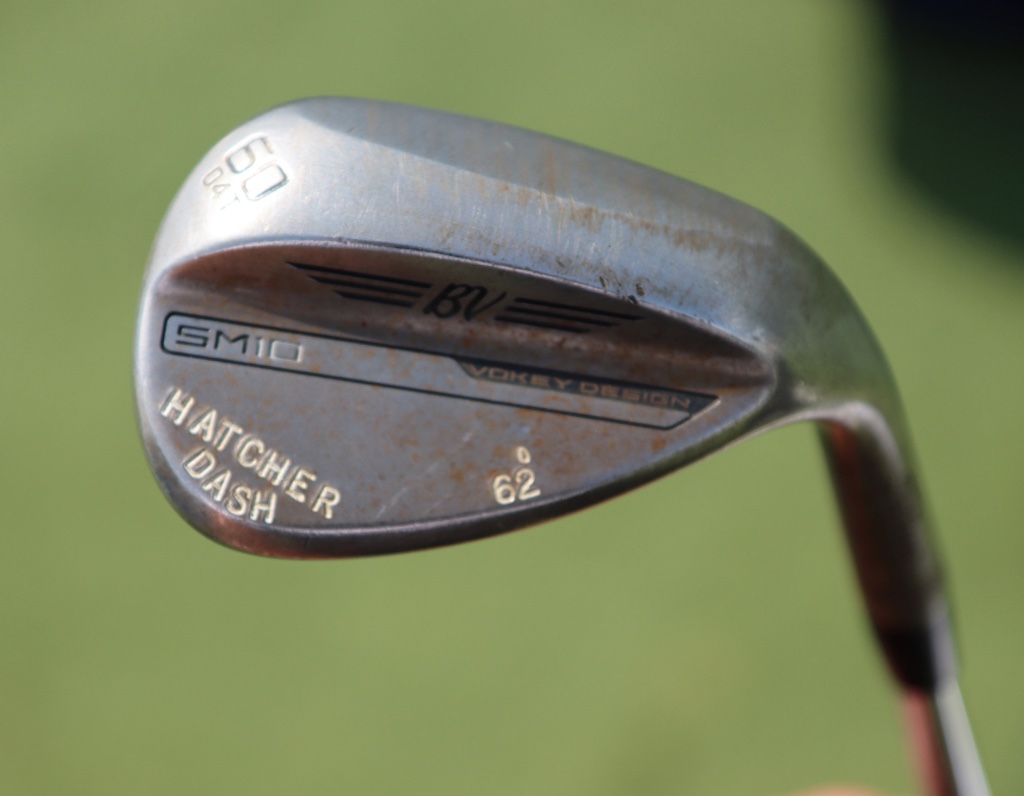
- Peter Malnati what’s in the bag accurate as of the Wyndham Championship. More photos from the event here.
Driver: Titleist GT3 (10 degrees, C2 SureFit setting)
Shaft: Project X Denali Blue 60 TX
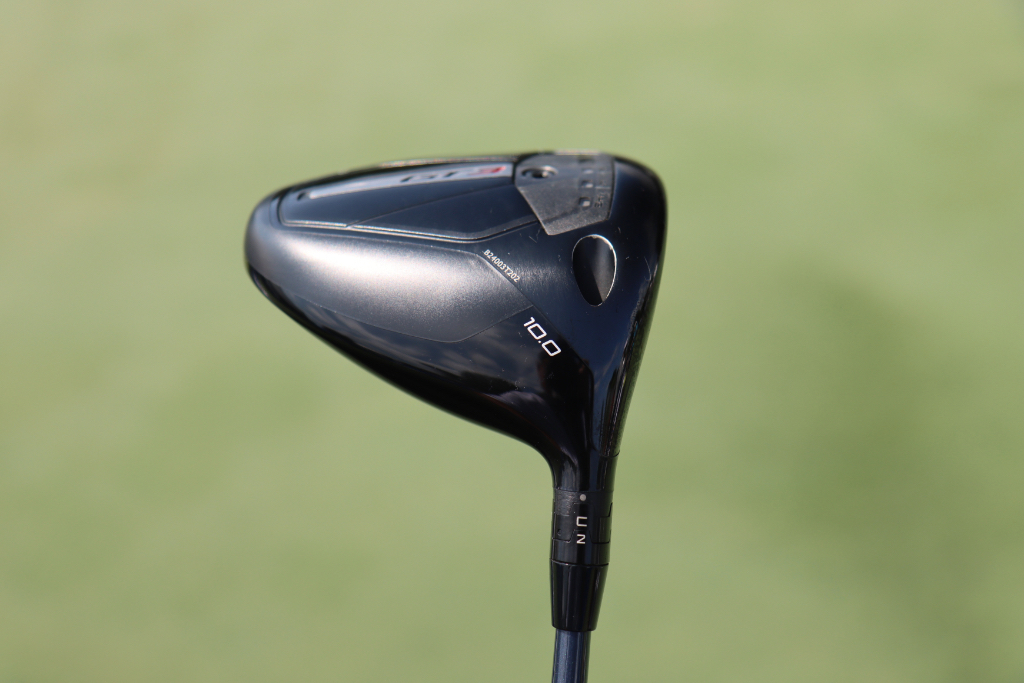

3-wood: Titleist GT3 (15 degrees, A1 SureFit setting)
Shaft: Fujikura Ventus TR Blue 7 X
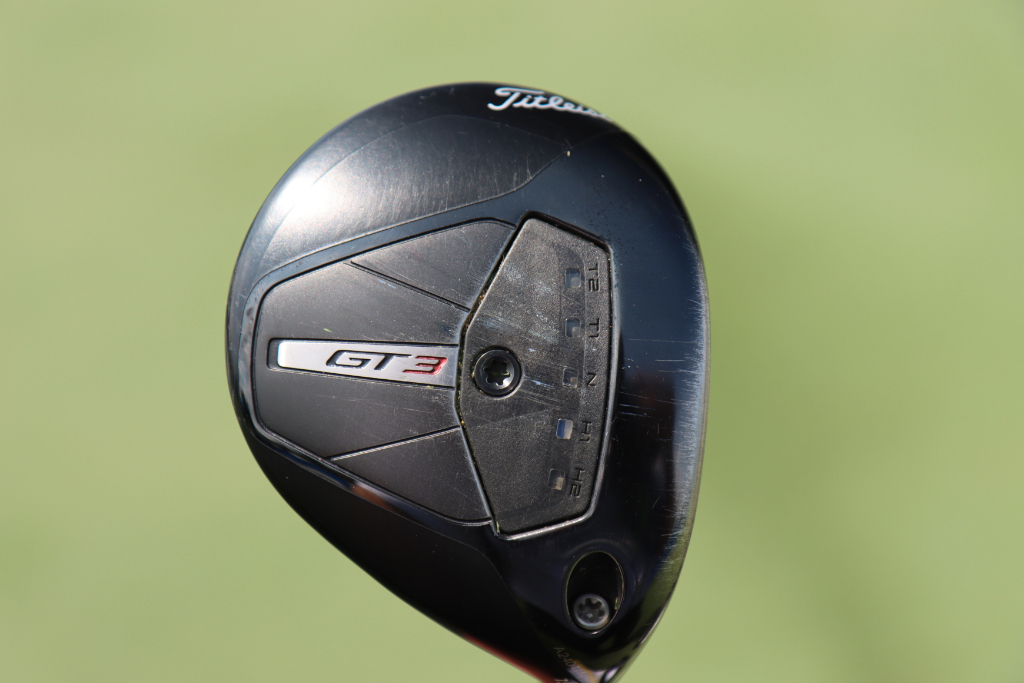
7-wood: Titleist GT2 (21 degrees, D1 SureFit setting)
Shaft: Fujikura Ventus TR Blue 8 X
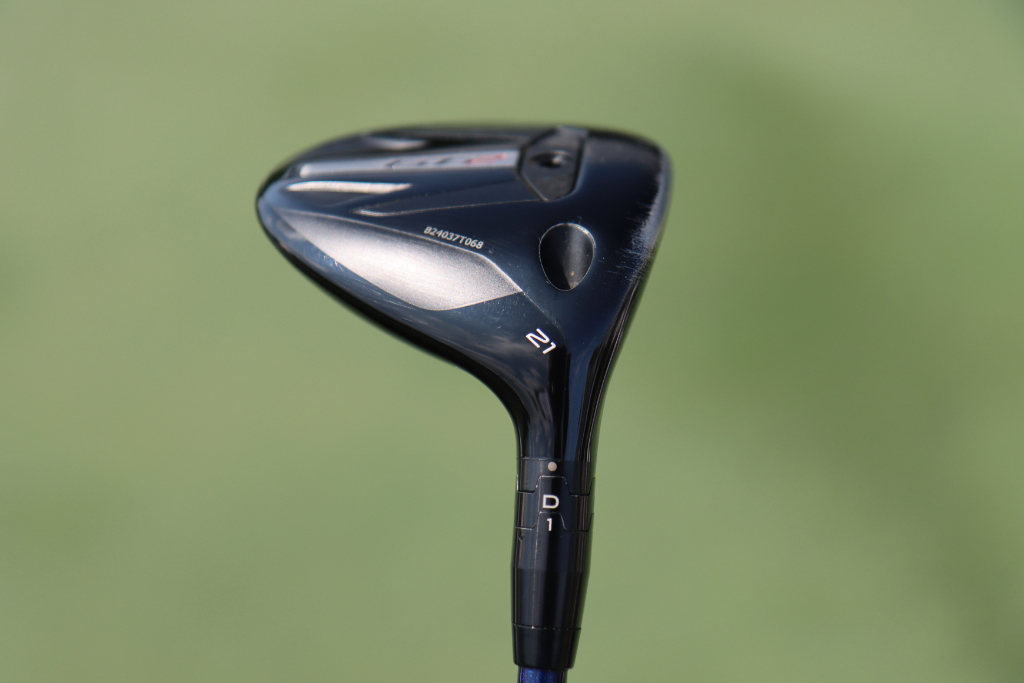
Irons: Titleist T150 (4, 5), Titleist T100 (6-9)
Shafts: True Temper AMT Tour White X100
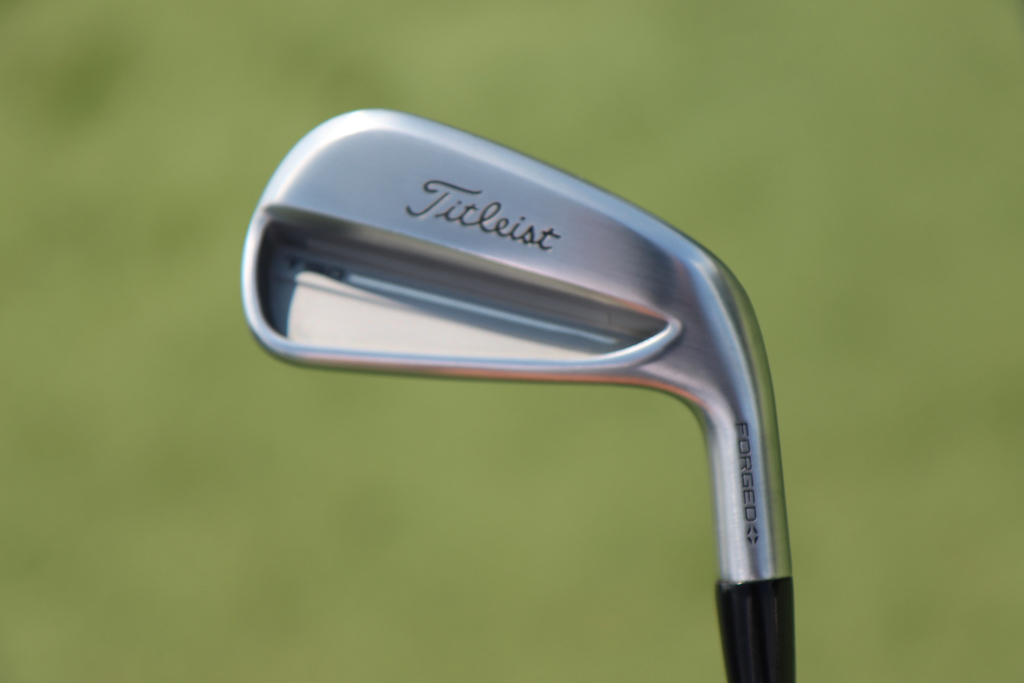
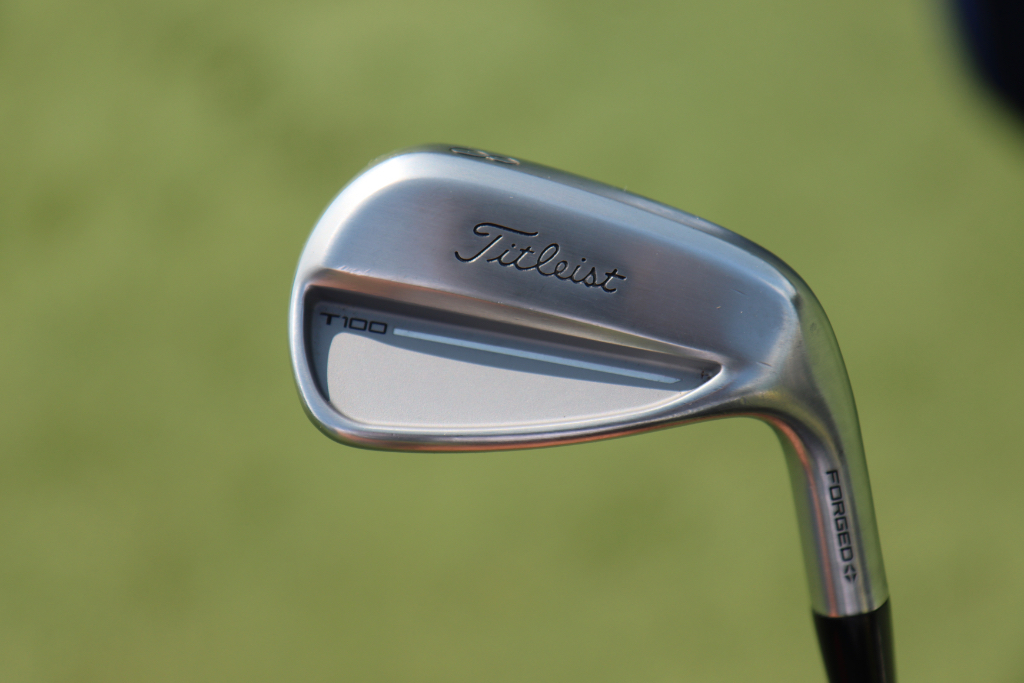
Wedges: Titleist Vokey Design SM10 (48-10F @47, 52-12F, 56-08M @57, 60-04T @62)
Shafts: True Temper Dynamic Gold Tour Issue S400
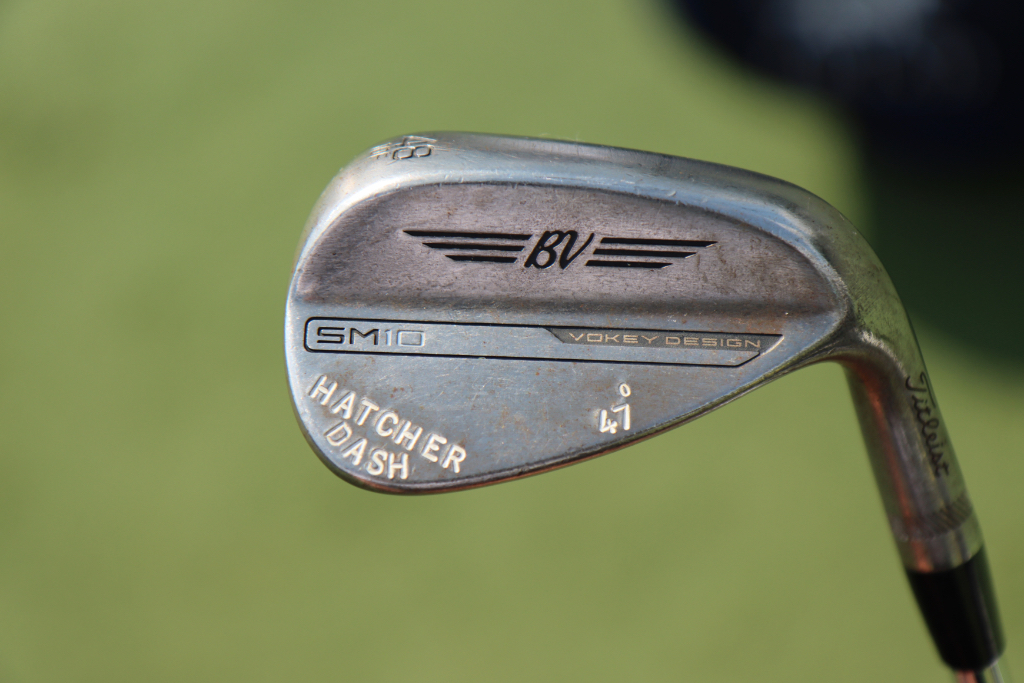
Putter: Scotty Cameron Studio Style Fastback 1.5 Tour Prototype
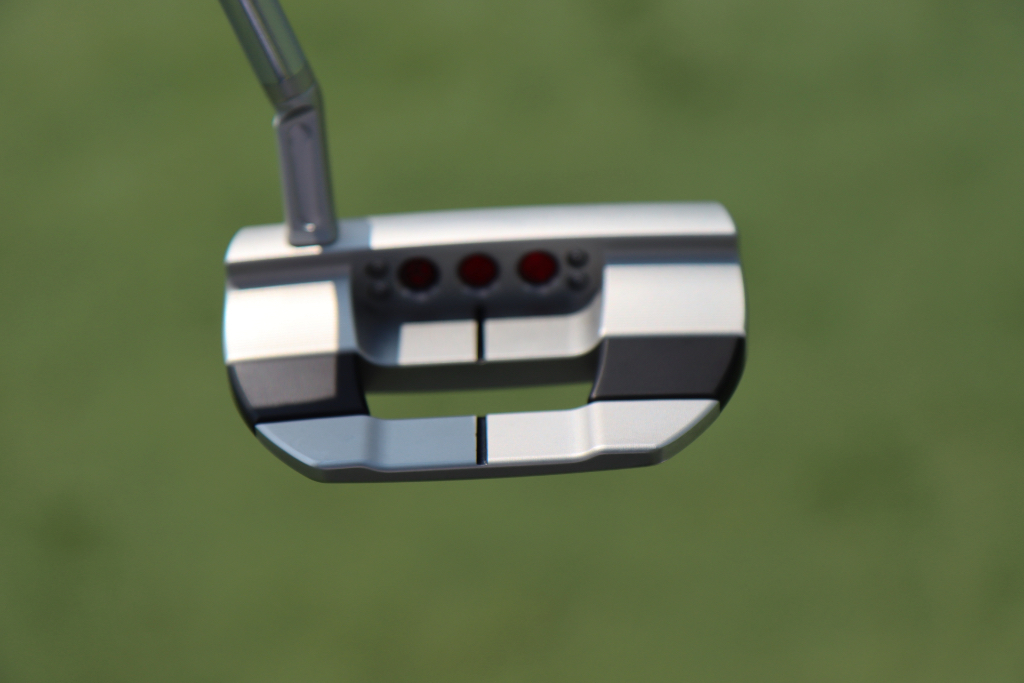
Grips: Golf Pride Tour Velvet
Ball: Titleist Pro V1x Yellow
Equipment
GolfWRX Members Choice presented by 2nd Swing: Best driver of 2025
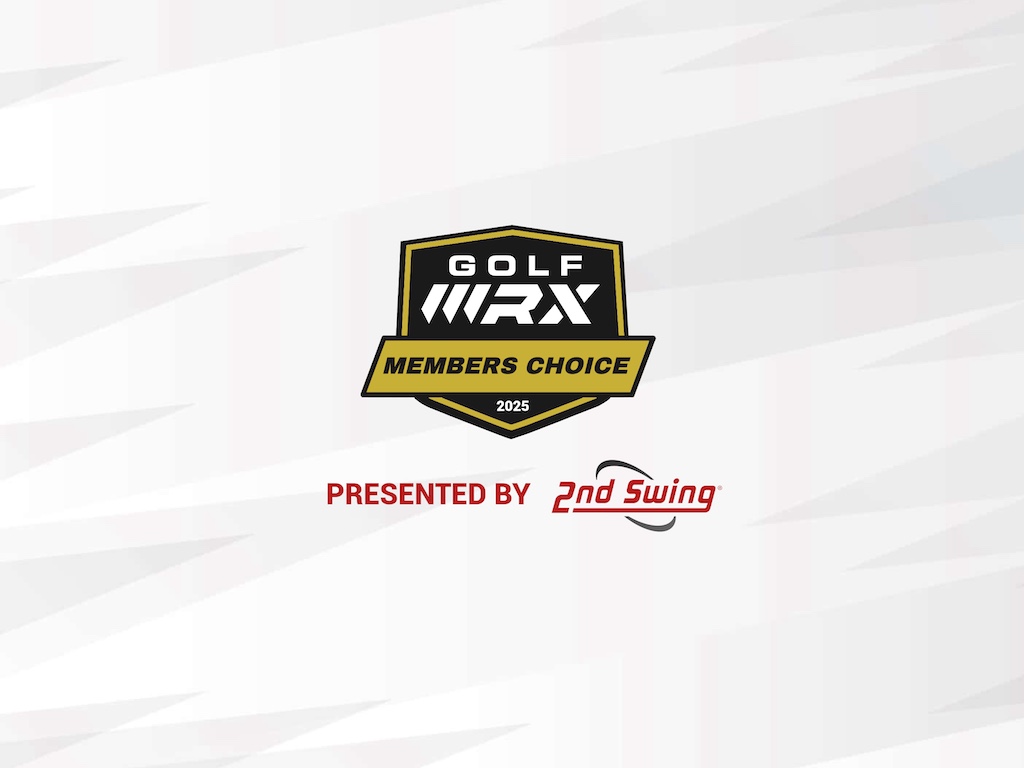
We’re proud to once again partner with 2nd Swing Golf to bring you GolfWRX Members Choice 2025! 2nd Swing has more than 150,000 new and pre-swung golf clubs available in six store locations and online. Check them out here.

What is the best driver in 2025? At GolfWRX, we take great pride in our online community and the cumulative knowledge and experience of our members. When it comes to the best driver of 2025, we want to know what our forum faithful think.
Since our founding in 2005, the bedrock of GolfWRX.com has been the community of passionate and knowledgeable golfers in our forums, and we put endless trust in the opinions of our GolfWRX members — the most knowledgeable community of golfers on the internet. No other group of golfers in the world tests golf clubs as frequently or as extensively, nor is armed with such in-depth information about the latest technology.
Below are the results of GolfWRX member voting for the 2025 best driver, along with the vote percentage for each club.
Best driver of 2025: The top 5
5. Callaway Elyte Triple Diamond: 6.02%
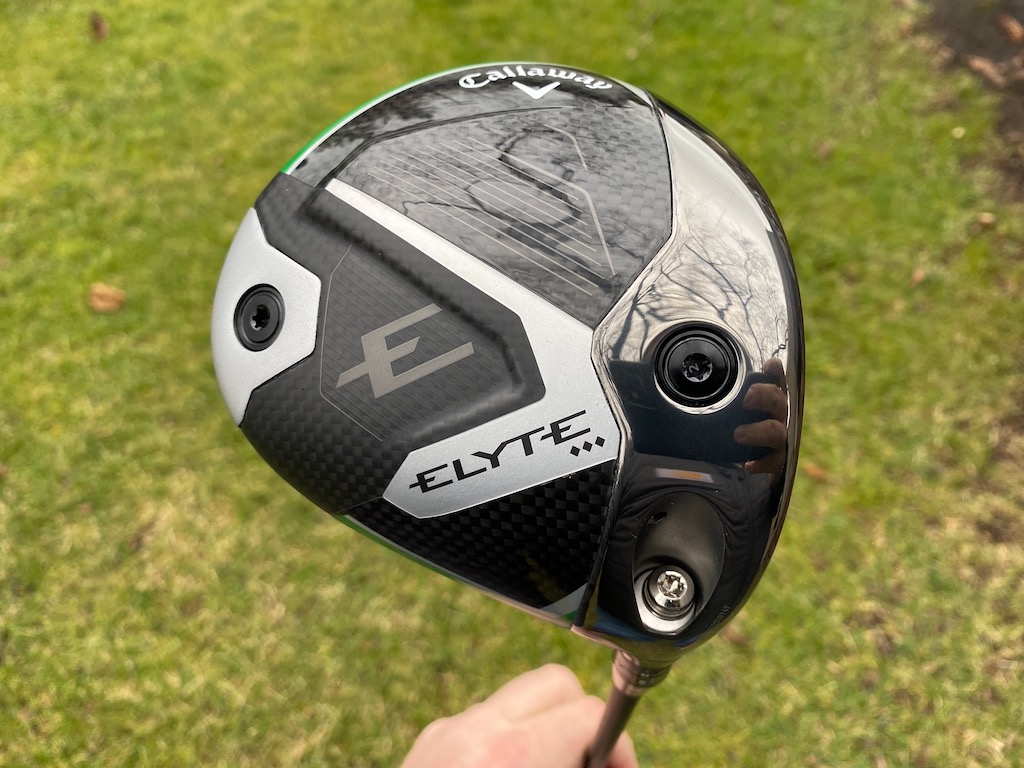
Callaway’s pitch: “For golfers looking for a fast, forgiving, yet workable driver, the Elyte Triple Diamond features a tour-inspired shape and is the preferred model by most Callaway tour players.”
You can read what other golfers are saying about the driver in the GolfWRX forums, and see our launch piece here. Shop the Callaway Elyte Triple Diamond here.
4. Ping G440 Max: 6.86%
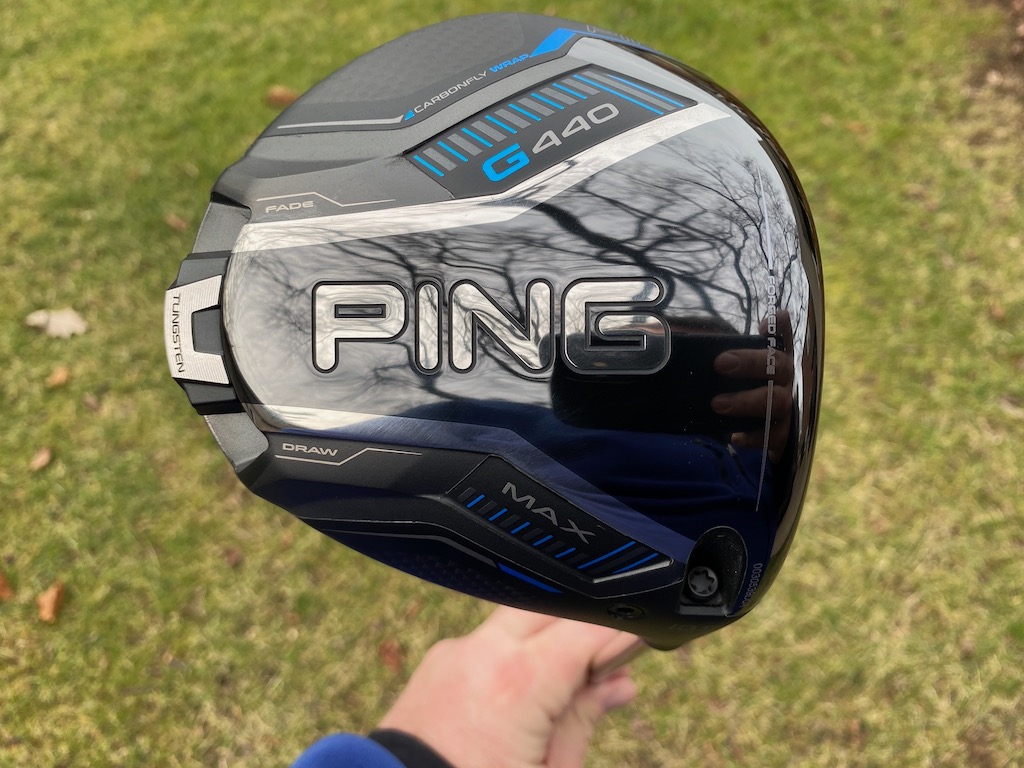
Ping’s pitch: “The most forgiving G440 model, MAX has a hotter face to generate speed and distance, and a lighter overall system weight with a longer shaft (46″) for faster clubhead speed, higher launch and longer carries. The Free Hosel and Carbonfly Wrap crown save weight to create our lowest CG ever and increase forgiveness while contributing to a more muted, pleasing sound.”
You can read what other golfers are saying about the driver in the GolfWRX forums, and see our launch piece here. Shop the Ping G440 Max here.
3. Ping G440 LST: 9.53%
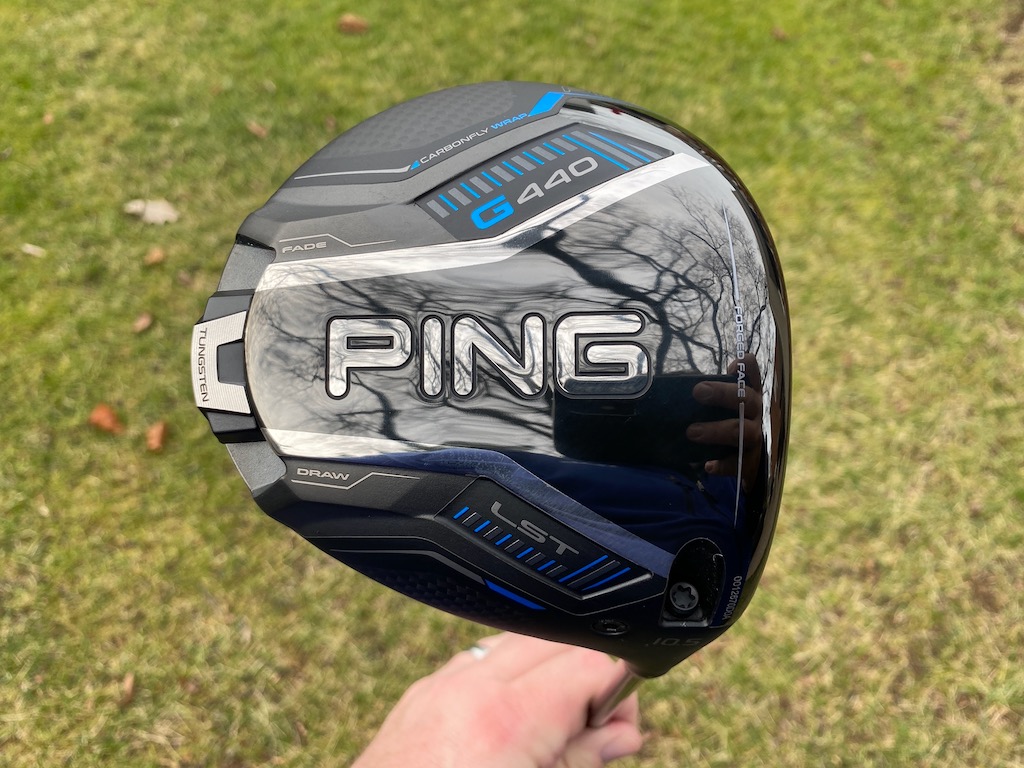
Ping’s pitch: “LST is an especially good fit for faster swings, offering less spin and more control with a penetrating trajectory. A hotter face, lighter overall system weight and longer shaft (46″) deliver more speed and distance while maintaining tight dispersion.”
@phizzy30: “Not a fan of Ping drivers in general, but 440 LST takes the cake. It’s super forgiving across the face for a low spin head, looks and sounds good and the ability to make it play neutral or slightly fade biased through the hosel settings is very appealing.”
You can read what other golfers are saying about the driver in the GolfWRX forums, and see our launch piece here. Shop the Ping G440 LST here.
2. Titleist GT3: 16.55%
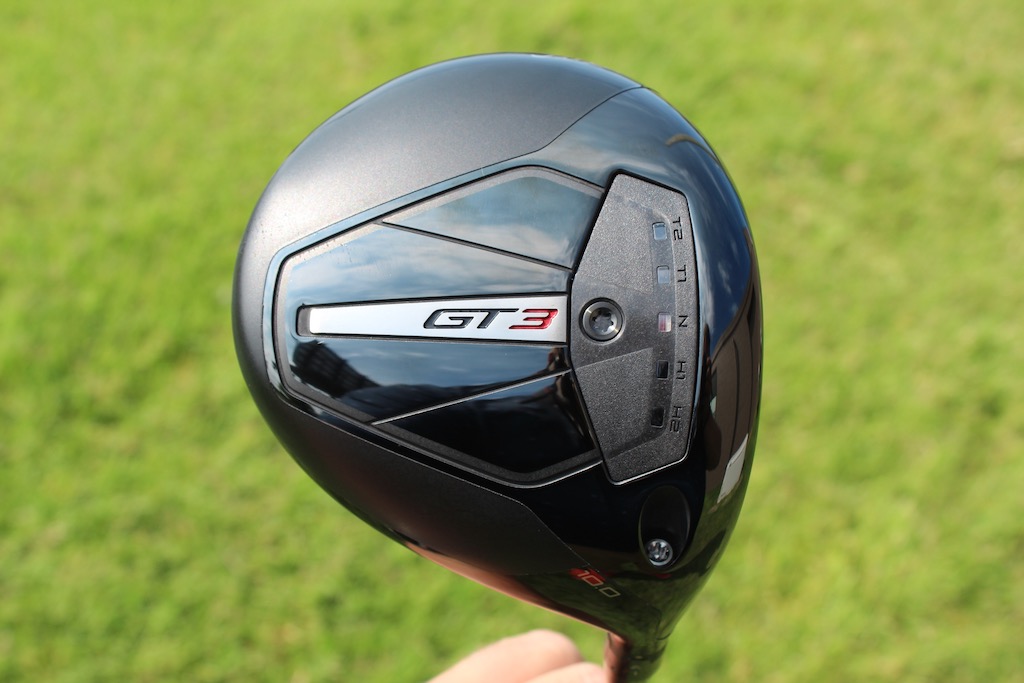
Titleist’s pitch: “The GT3 Driver offers Titleist’s boldest combination of power and personalization through adjustable performance. Dial in the CG Track to your frequent contact location to make your biggest drives even bigger while taking total control over flight and shaping.”
@mrmikeac: “I’ve been Anti-Titleist for years and years and years (outside of Vokey, of course). With that being said, HOLY BEGEEZUS the GT3 driver is an absolute NUCLEAR MONSTER! This thing blew my G430 10K Max out of the water in every single category. Forgiveness is the biggest thing that stands out of me, the 3 model has always been one of the less forgiving models in the past but this GT3 can take bad shot after bad shot and still end up in the fairway, I think a ton of that has to do with the adjustability, it’s actually effective. Feel and sound is perfect, that solid crack is so addicting to hear and when you hit it out the screws this thing can absolutely bomb it. Titleist, I’m sorry for doubting you. You have converted me.”
You can read what other golfers are saying about the driver in the GolfWRX forums, and see our launch piece here. Shop the Titleist GT3 here.
1. Titleist GT2: 22.91%
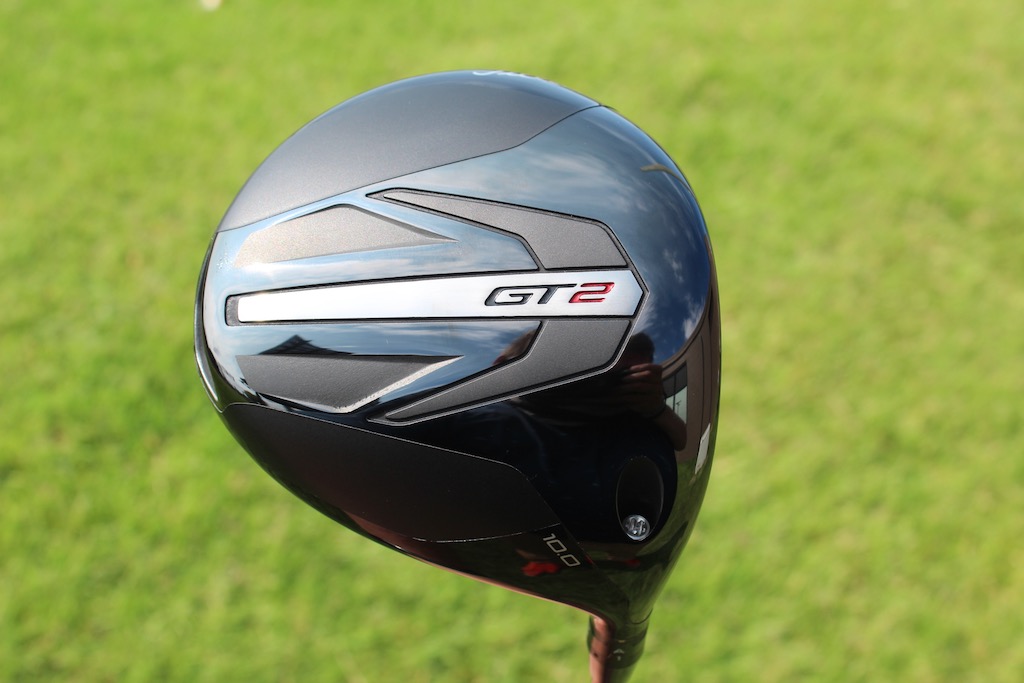
Titleist’s pitch: “Delivering impressive distance from any impact point, the Titleist GT2 Driver extracts maximum performance through a forgiving design. Get the stability and added confidence of a high-MOI driver without sacrificing speed.”
@DTorres: “The Titleist GT2 has proven to be the best driver of the year. Packaged in a classic profile, GT2 perfectly balances performance and forgiveness while consistently being a high performer across all categories.”
You can read what other golfers are saying about the driver in the GolfWRX forums, and see our launch piece here. Shop the Titleist GT2 here.
Other drivers receiving >2% of the vote
| Driver | Vote percentage (%) |
|---|---|
| Cobra DS Adapt Max K | 4.85% |
| Ping G430 Max 10K | 3.85% |
| Callaway Elyte Triple Diamond | 3.68% |
| TaylorMade Qi35 | 3.51% |
| Callaway Elyte | 3.18% |
| Cobra DS Adapt X | 2.34% |
| Cobra DS Adapt LS | 2.17% |
| TaylorMade Qi35 LS | 2.17% |
View this post on Instagram










WTH
Dec 13, 2020 at 12:35 am
You should start with which putter blade vs mallet and which neck configuration gets you best aligned to target at address.
Pulleyjk
Dec 7, 2020 at 5:25 pm
Ok fine. Now how do I determine if my stroke is straight or an arc? By the way I look at the hole during the stroke. Thanks for any help, I need it!
Ron Whitmore
Dec 7, 2020 at 5:19 pm
There are also toe-drop mallet putters on the market offering the best of both worlds for golfers.
Bob Pegram
Dec 8, 2020 at 2:01 am
And there are face balanced blade putters available as well. The MAJORITY of blades are not face-balanced and a rough estimate of 2/3 of mallet putters are face balanced. This article is too simplistic. The author should have explained how to test a putter to see if it is face balanced. It is easy. Just hold the putter in a horizontal position. find the balance point on the shaft where the putter stay on your finger. Then turn the face so it points skyward. If it will stay in that position without the toe turning downward it is face-balanced. Otherwise it is a toe-down putter – some at 45 degree or another angle, some straight down – 90 degrees.
ChipNRun
Dec 12, 2020 at 12:13 am
From what I have seen, it is easier to find face-balanced putters in mallets. I play the Ping Sigma G Tyne, a face-balanced one.
I had been trying to go SBST with a blade putter – an older Slotline Inertial – but it wasn’t faced balanced and I sometimes missed to right.
One thing on SBST, you have to let your right (trail) shoulder pendulum-release underneath for SBST to work. Any horizontal rotation and it doesn’t work.
A hard-to-find face-balanced mallet is one that’s center shafted. I tried one that a playing partner was using, and one in a golf shop. Interesting feel.
Tom Newsted
Dec 7, 2020 at 7:23 am
I think another part of this is the type of greens you play on. If you play a faster drier green the blade may be a better option but like Mr. Garcia said getting fitted and finding the putter that fits your game and not the putter you see on TV is critical.
Michael L Garcia
Dec 5, 2020 at 5:43 pm
Well I’m old enough to remember when today’s so called “blade” putters were considered anything BUT a blade. The Ping Anser was the furthest thing away from a blade putter one could imagine. Back in those days the Ping putters were known as Heel/Toe designs. Hardly a blade. A blade putter is what Phil plays. Heel shafted flange. 8802 style. No cavity, no heel weighting, no toe weighting. Just hilarious to me how sometimes the golf world can change things up. Rant over, thank you.